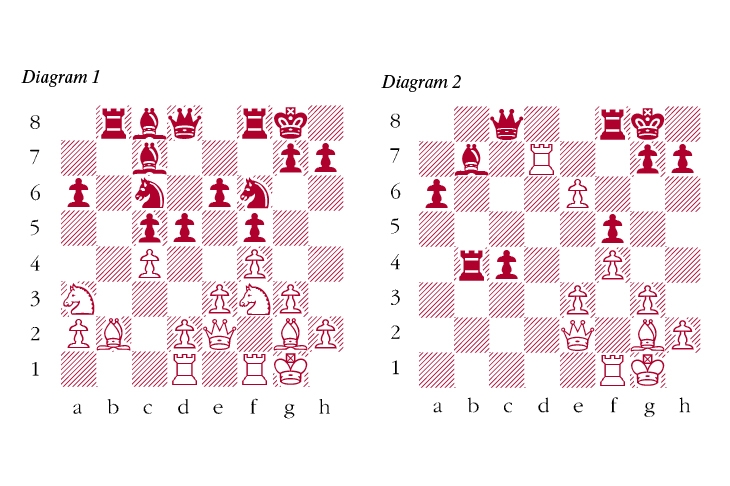Staunton was the most successful British player of all time, winning three matches against European masters in the 1840s which in modern times would certainly have qualified him to be recognised as world champion.
On the social medium of Twitter (@HowardStaunton), an anonymous writer has invented a witty and satirically trenchant imitation of Staunton. The voice is spot on and whoever lurks behind the Twitter handle is clearly extremely erudite and evidently an expert on 19th-century British chess.
I am offering a champagne lunch at Staunton’s old haunt (and the traditional home of British chess), Simpsons-in-the-Strand, to anyone who can reveal the identity of the Staunton tweeter. Given how well this secret has been kept so far, I won’t be holding my breath.
Staunton-Williams: London 1851; Bird’s Opening
1 f4 e6 2 e3 f5 3 g3 Nf6 4 Bg2 d5 5 Nf3 c5 6 b3 Nc6 7 0-0 Bd6 8 Bb2 0-0 9 Qe2 Bc7 10 Na3 This ‘eccentric’ development, avoiding obstruction of the queen bishop’s diagonal, is more effective than developing the knight on c3. 10 … a6 11 Rad1 b5 12 c4 bxc4 13 bxc4 Rb8 (see diagram 1) 14 Bxf6 A startling exchange of what appears to be his most illustrious piece, but Staunton wishes to subject his opponent’s central pawns to intense bombardment (in true ‘hypermodern’ style) and this move is the essential prelude thereto. 14 … Qxf6 15 cxd5 exd5 16 d4 The delayed fixing of the middle pawns. Black’s d-pawn is transformed into a grave weakness. 16 … c4 17 Ne5 Nb4 18 Naxc4 dxc4 19 a3 Bxe5 20 dxe5 Qf7 21 axb4 Rxb4 Staunton’s achievement in this game is a matter for constant wonder. It took depth of vision beyond common experience to appreciate at move 14 that Black, in this position, stands to lose, even with equal material and in possession of his two passed pawns. 22 Rd6 Bb7 23 e6 Only by relentless tactical blows can the positional advantage be maintained. Staunton rightly said this was ‘the only move’. 23 … Qc7 24 Rd7 Qc8 (see diagram 2) 25 Qd1 The threat of 26 Qd4, consummating the diagonal attack, forces Black to his knees. 25 … Bc6 26 Bxc6 Qxc6 27 Qd4 Rf6 28 Rd6 Qb5 29 Rd8+ Rf8 30 Rxf8+ Kxf8 31 Qd6+ Ke8 32 Rd1 Black resigns An elegant and incisive masterpiece.
I first commented on this game in my Staunton anthology of 1974. In the 45 years since, computer analysis has discovered no substantial improvements on his method of attack.
Raymond Keene
Howard Staunton

issue 13 July 2019




Comments